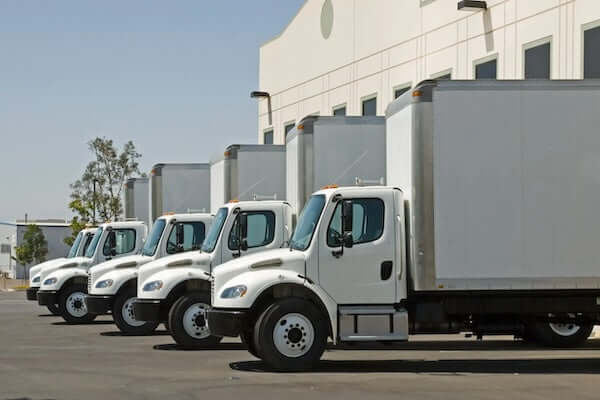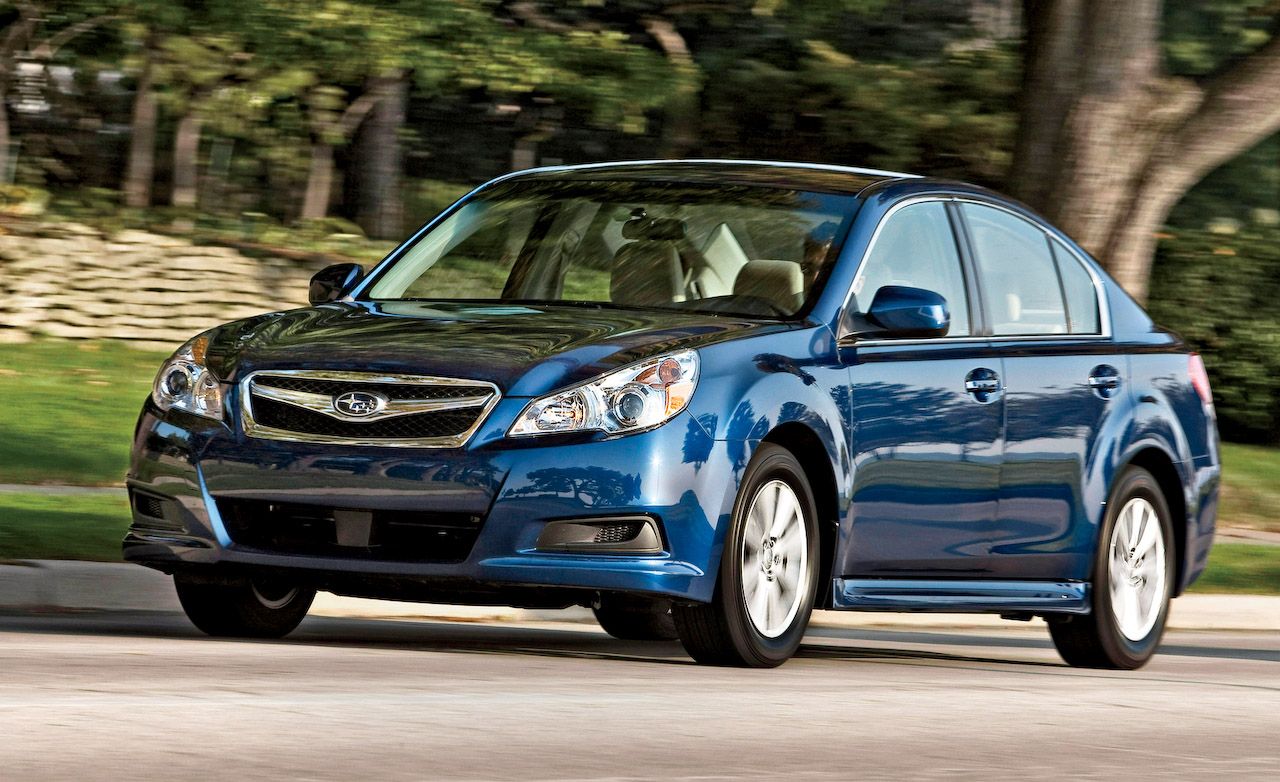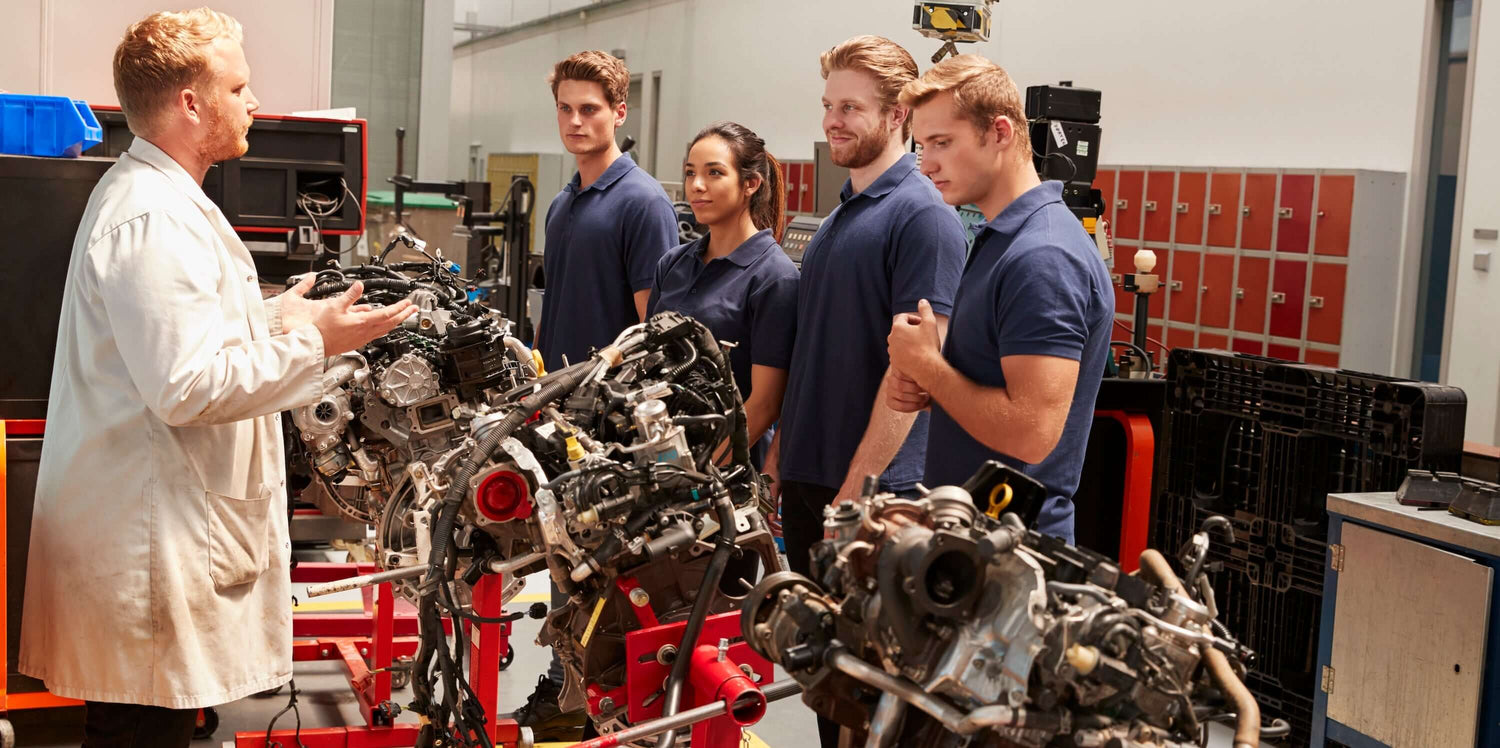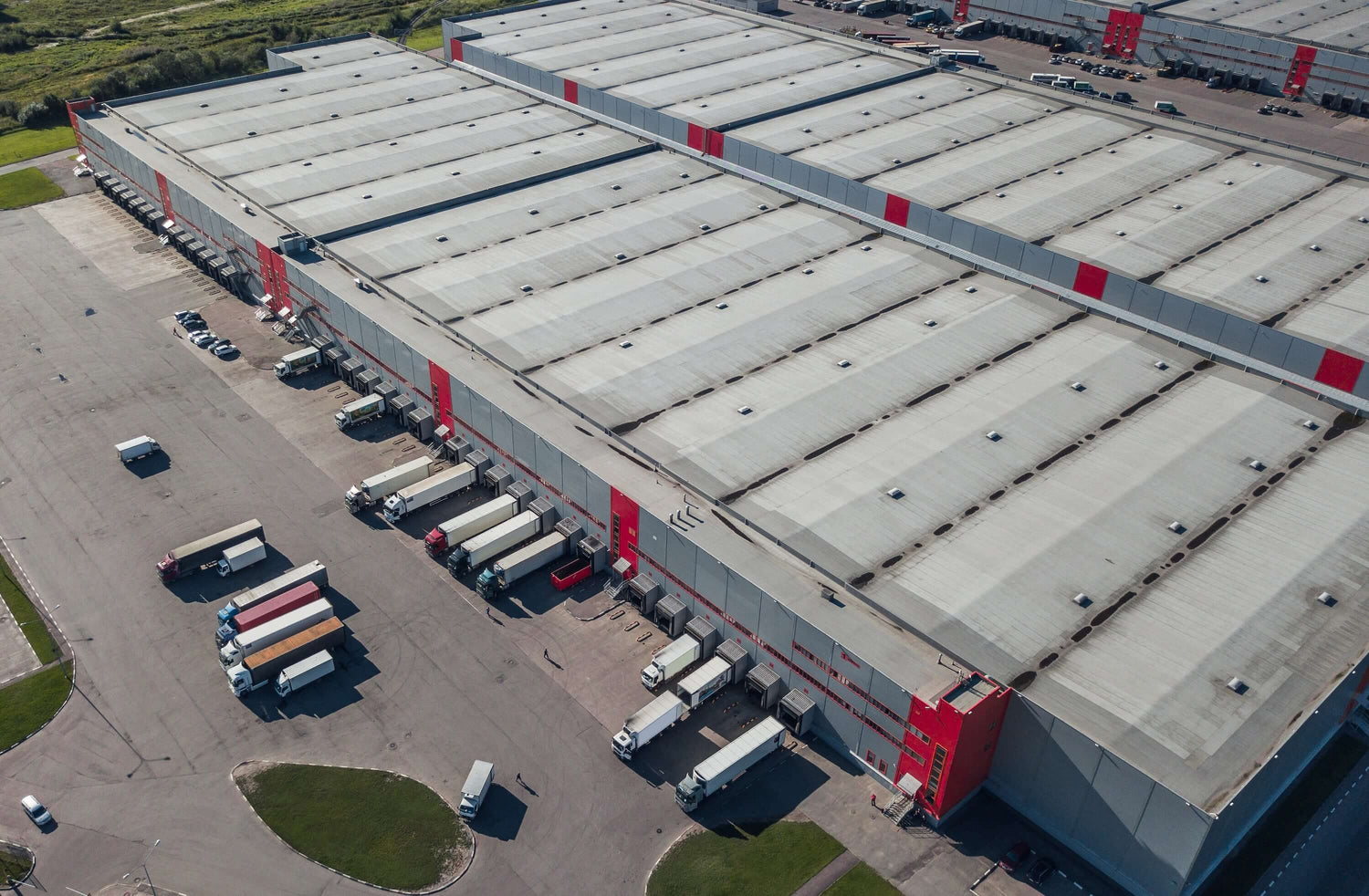The Subaru Legacy from 2010 to 2011 is known for its smooth handling, reliable all-wheel drive, and solid engineering. However, over time, even these dependable engines can wear out due to high mileage, oil consumption issues, or overheating. Replacing the engine can bring your Legacy back to life and restore the performance you love. This step-by-step guide outlines the full process in detail. At Power Engines, we provide OEM-quality, road-legal replacement engines designed specifically for Subaru models, ensuring a perfect fit, emissions compliance, and long-lasting performance.
Preparation and Tools Required
Before beginning the replacement, gather all essential tools: an engine hoist, hydraulic jack, jack stands, torque wrench, socket and wrench sets, pliers, screwdrivers, and drain pans. Have replacement fluids on hand, including oil, coolant, and transmission fluid. Park your Legacy on level ground, disconnect the battery, and allow the engine to cool fully before starting.
Step 1: Remove the Hood and Drain Fluids
Unbolt and remove the hood for better access to the engine bay. Drain the engine oil, coolant, and transmission fluid into approved containers. Proper disposal of fluids ensures safety and cleanliness throughout the process.
Step 2: Disconnect Wiring, Sensors, and Fuel Lines
Label and disconnect all wiring harnesses, sensors, and vacuum hoses. Relieve the pressure in the fuel system, then carefully disconnect the fuel lines. Take photos or use colored tape labels to simplify reassembly.
Step 3: Remove Accessories and Cooling Components
Remove the alternator, A/C compressor, and power steering pump. These can often be set aside without disconnecting their fluid lines. Next, remove the radiator, fans, and coolant hoses to create space for engine removal.
Step 4: Disconnect Exhaust and Transmission
Unbolt the exhaust manifold from the catalytic converter or downpipe. Support the transmission with a jack or stand, then remove the bolts connecting the transmission to the engine block. Automatic Legacy models require removing torque converter bolts, while manual versions will need the clutch assembly detached.
Step 5: Remove Motor Mounts and Lift the Engine
Unbolt the motor mounts from each side. Attach the hoist securely to the engine’s lifting points, then carefully lift the engine out of the bay. Double-check that all wires, lines, and hoses are completely disconnected before lifting.
Step 6: Prepare the Replacement Engine
Transfer reusable parts from the old engine to the new one, including the intake and exhaust manifolds, sensors, and brackets. Replace worn components such as gaskets, seals, and belts during this stage to maximize reliability. At Power Engines, our Subaru-compatible replacement engines are manufactured to OEM standards, emissions certified, and ready for installation.
Step 7: Install the New Engine
Lower the new engine into the bay using the hoist, aligning it with the transmission and motor mounts. Torque all bolts to Subaru’s factory specifications. Reconnect the exhaust, transmission, and accessory components securely.
Step 8: Reconnect Wiring, Fuel, and Cooling Systems
Reinstall all wiring harnesses, fuel lines, and vacuum hoses following your labels or photos. Refit the radiator, fans, and hoses. Fill with new oil, coolant, and transmission fluid.
Step 9: Test and Break-In
Reconnect the battery and switch the ignition to ON to prime the fuel system. Start the engine and allow it to idle while checking for leaks, noises, or dashboard warnings. Let it reach normal operating temperature. During the first 500 miles, avoid high RPMs or heavy loads. After the break-in period, change the oil to ensure optimal performance.
Replacing the engine in a Subaru Legacy (2010–2011) takes careful attention to detail, but with the right tools and preparation, it’s a highly rewarding project. By choosing a road-legal, OEM-quality replacement engine from Power Engines, you guarantee a precise fit and long-lasting performance. With proper installation and maintenance, your Subaru Legacy will be ready for many more reliable miles on the road.





